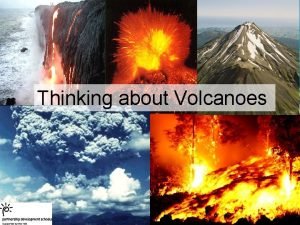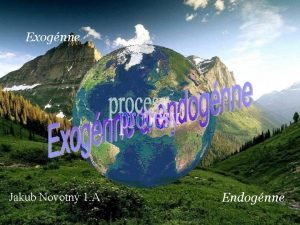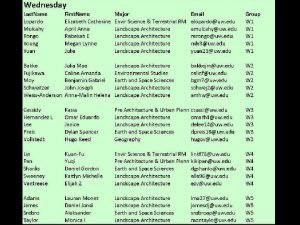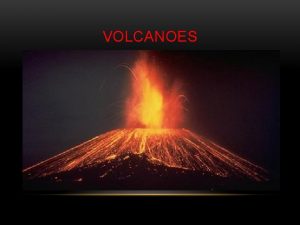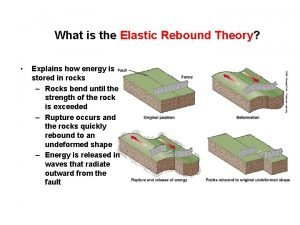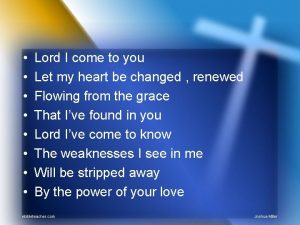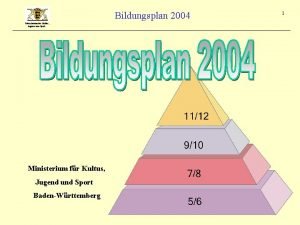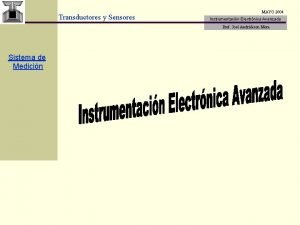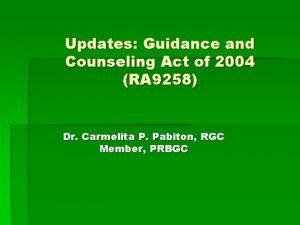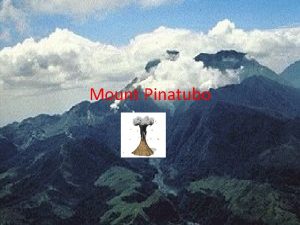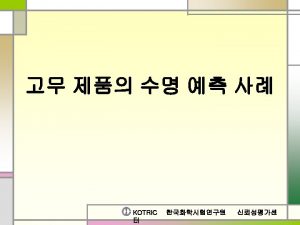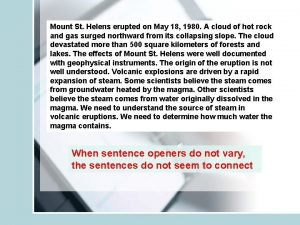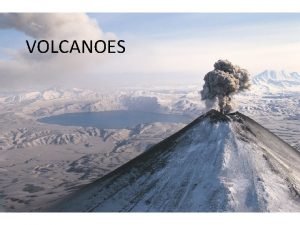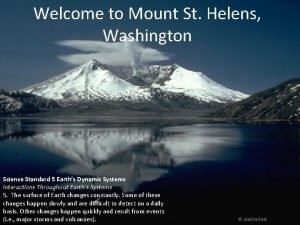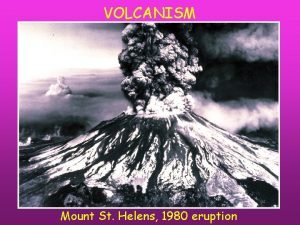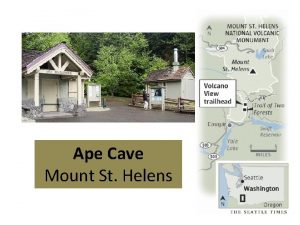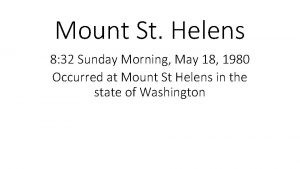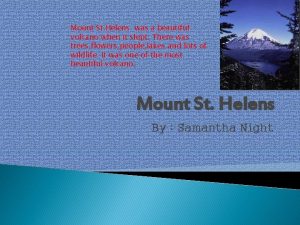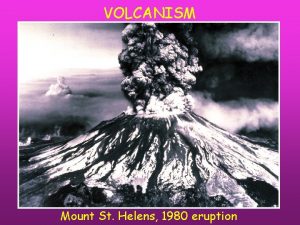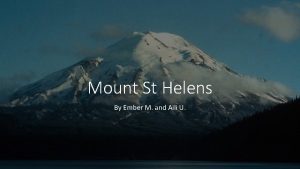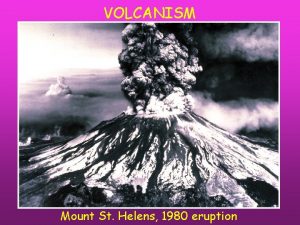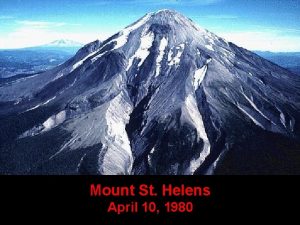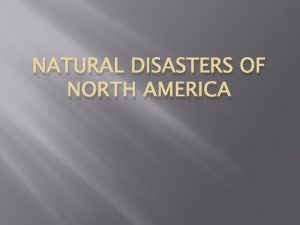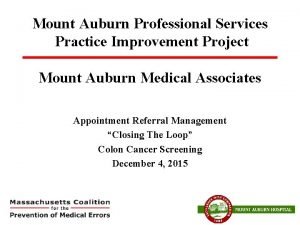RENEWED ACTIVITY AT MOUNT ST HELENS IN 2004






















- Slides: 22

RENEWED ACTIVITY AT MOUNT ST. HELENS IN 2004 This work is supported by the National Science Foundation’s Directorate for Education and Human Resources (TUES-1245025, IUSE 1612248, IUSE-1725347). Version: Dec 12, 2018 Questions, contact education-AT-unavco. org

POSSIBLE VOLCANIC HAZARDS Pyroclastic flow (ash flow) Lahar (mud flow or debris flow) Gases Ash falls Volcanic Landslides • Lava Flows • • • USGS

A BRIEF HISTORY OF MOUNT ST HELENS: 1978

A BRIEF HISTORY OF MOUNT ST HELENS: APRIL 27, 1980

A BRIEF HISTORY OF MOUNT ST HELENS: MAY 18, 1980

A BRIEF HISTORY OF MOUNT ST HELENS: SEPT 1980

A BRIEF HISTORY OF MOUNT ST HELENS: OCTOBER 2004

THINK-WRITE-BRAINSTORM WITH YOUR NEIGHBORS • Based on readings and your prior knowledge, what are indicators you would expect if Mount St Helens were going to erupt in the near future?

THINK-WRITE-BRAINSTORM WITH YOUR NEIGHBORS Indicators:

ANALYZING GEODETIC DATA: STAGE 1 • In your group, read the brief summary about using seismic, GPS or lidar data to monitor volcanoes. • In your own words, write an explanation of how this type of data can be used to interpret if magma is moving inside the volcano and how • When instructed, tape your summary to the “poster” for this data type. (get ready to move to the next poster)

ANALYZING GEODETIC DATA: STAGE 2 • Read the summary of this (2 nd) data type • Examine the graphs of this type of data and answer the questions about the data on the poster. • Keep in mind you’re not interpreting volcanic activity at this point, instead you should focus on describing the data (get ready to move to the next poster)

STAGE 3: ANALYZING GEODETIC DATA: STAGE 3 • Read the summary of this (3 rd) data type • Review the descriptions of the graphs of this type of data • Interpret the data in this poster to determine the volcanic activity at Mount St Helens during this time frame, and describe when (if at all) you think the volcanic activity will reach its peak or if/when an eruption will occur. Cite evidence for your interpretation. (get ready to move to the next poster)

ANALYZING GEODETIC DATA: STAGE 4 • (You should be back at your 1 st poster) • Read and revise (if needed) the data descriptions and interpretations made by previous groups • Assign an alert level appropriate for this volcanic activity using the USGS ratings & cite evidence for that level • Be prepared to report your results to the class USGS Alert Level Descriptions

CLASS SHARE OUT • Identify your group’s alert level and evidence to justify that ranking. • What types of hazards might result from this eruption

COMPARE 2004 ACTIVITY TO 1980: STAGE 5 • Examine the seismic data from Mount St Helens since 1980 to determine the scale of the 2004 activity relative to previous activity. • Reconsider your alert rating, would you modify it based on this new information? If so, how and why? If not, why? • Be prepared to share out your alert rating

HAZARD &RISK ASSESSMENT: STAGE 6 • Given the seismicity since 1980, and that of 2004, what hazards do you expect in 2004 for one of the following locations? a. Johnson Ridge Observatory and Visitors Center b. Toutle, WA c. Cougar, WA d. Kelso, WA e. Merwin Dam (on Lewis River) • Answers should include the name(s) of hazard(s), what human society elements may be at risk, and a justification of why you expect those hazards to occur.

REFLECTION QUESTIONS: STAGE 7 • Rank your confidence level for your alert level ratings, how did they change with more information/data? • What type(s) of data were most useful in determining alert levels? Explain why. What type(s) of data were less useful in determining your alert level rating? Explain why. • What other data would you want to increase your confidence?

REFLECTION QUESTIONS: STAGE 7 (CONTINUED) • Rank your confidence level for your alert level ratings, how did they change with more information/data? • What type(s) of data were most useful in determining alert levels? Explain why. What type(s) of data were less useful in determining your alert level rating? Explain why. • What other data would you want to increase your confidence? • What questions do you still have about assigning alert levels and identifying the most valuable data sets? What additional information would you need or strategies would you use to resolve your uncertainties? OR: • What parts of this activity were most helpful in making you confident in assigning alert levels? How can you use those learning strategies in future activities?

FINAL 2004 -2008 ACTIVITY: SO WHAT HAPPENED? Video: What Happened at Mount St. Helens in 2004?

FINAL 2004 -2008 ACTIVITY: Oct 1 -5: steam and ash explosions = Hazards to air traffic Small lahars Oct 8 and Oct 17 = Hazards to downstream towns Continued dome growth

FINAL 2004 -2008 ACTIVITY: LIDAR IMAGES September 2004 Video of this progression over time January 2005

FINAL REFLECTION QUESTION: STAGE 8 How does your eruption alert level compare with what actually happened? What aspects are similar or different from what you expected?
 Mount st helens plates involved
Mount st helens plates involved Saint helens tsunami
Saint helens tsunami St helens tsunami
St helens tsunami Slope angle of mt st helens
Slope angle of mt st helens Saint helens tsunami
Saint helens tsunami Before and after mt st helens eruption
Before and after mt st helens eruption Hilton st helens
Hilton st helens Elastic rebound theory definition
Elastic rebound theory definition Long white linen garment
Long white linen garment Lord i come to you let your heart be changed
Lord i come to you let your heart be changed Activity 1 introductory activity
Activity 1 introductory activity Reactants, products, and leftovers
Reactants, products, and leftovers Activity 1 2 3
Activity 1 2 3 Activity 1 activity 2
Activity 1 activity 2 Debye huckel equation
Debye huckel equation Activity 2:
Activity 2: Draw aoa network diagram example
Draw aoa network diagram example Ejemplos de bienes publicos
Ejemplos de bienes publicos Bildungsplan 2004
Bildungsplan 2004 Equal opportunities act 2004
Equal opportunities act 2004 Xxxxxxx 2001
Xxxxxxx 2001 2004
2004 Guidance and counseling act of 2004
Guidance and counseling act of 2004
